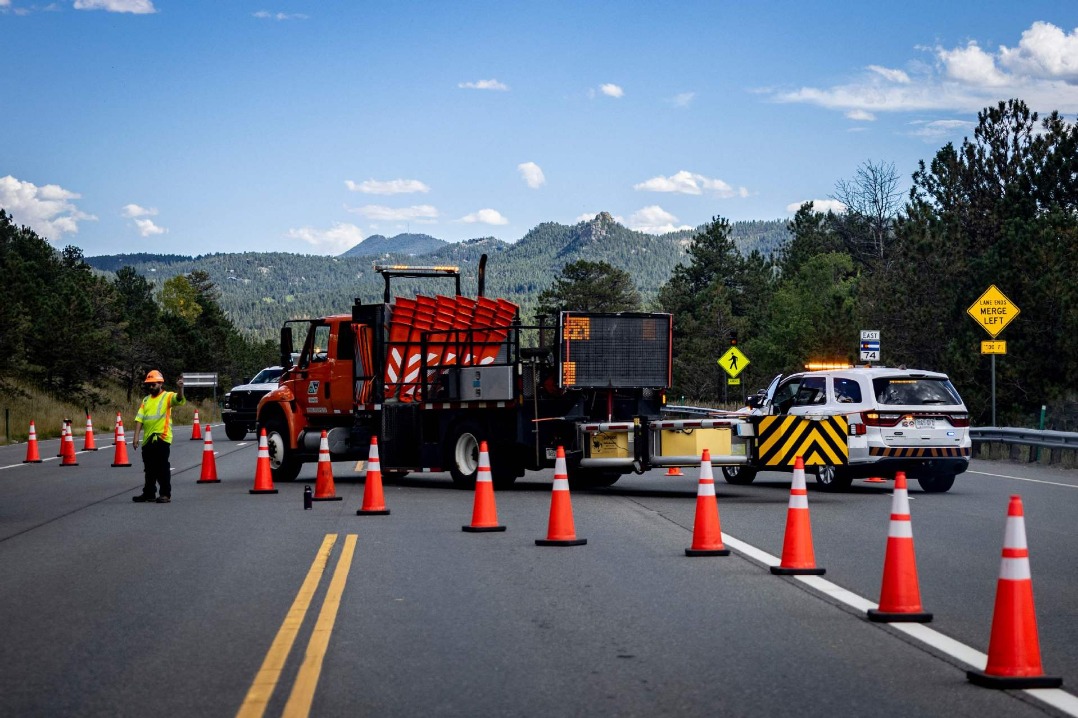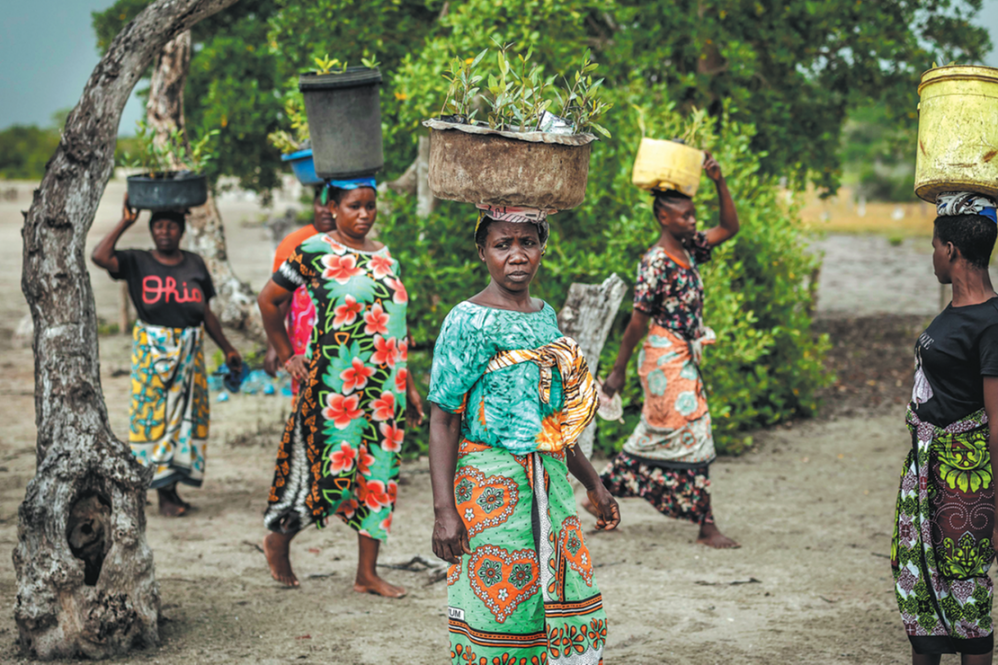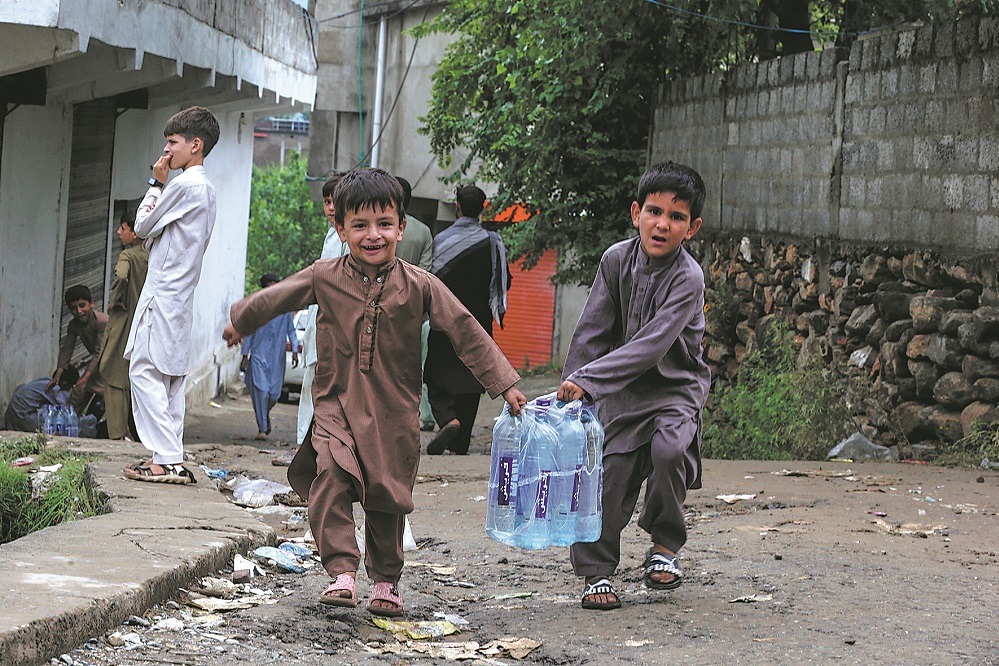Locust outbreak threaten food security in southern Africa


Food security and livelihoods of millions of people in Botswana, Namibia, Zambia and Zimbabwe is threatened by outbreak of African migratory locust, the Food and Agriculture Organization warned on Saturday.
The UN agency said around seven million people in the four affected countries who are still recovering from the impact of the 2019 drought, and grappling with the economic impacts of the coronavirus pandemic, could experience further food and nutrition insecurity.
"Even with the control measures already taken, the locusts are still a threat. Some of the worst-affected areas are very difficult to reach. We need to support the four governments, the Southern African Development Community and partner organizations like International Red Locust Control Organization for Central and Southern Africa to control this pest and protect people's livelihoods," Patrice Talla, FAO sub-regional coordinator for Southern Africa said.
In Botswana, some smallholder farmers lost their entire crop at the start of the locust outbreak.
"As the next planting season approaches, the pest threatens the country's breadbasket region of Pandamatenga, where most of the country's sorghum staple is grown, unless control efforts are urgently stepped up," FAO said.
In Namibia, initial outbreaks began in the Zambezi plains and hopper bands and swarms have now spread to key farming regions. Similarly, in Zambia, the locust has spread rapidly and is affecting both crop and grazing lands, the UN agency said.
In Zimbabwe, swarms and hoppers initially infested two sites in the Chiredzi district and have now moved into Manicaland province.
"Locust damage to crops will compound existing food insecurity in communities already affected by floods, drought and the impacts of coronavirus," FAO said.
FAO is working with the Southern African Development Community and the International Red Locust Control Organization for Central and Southern Africa to support the governments of the affected countries to control the locusts.
The UN agency said the African migratory locust outbreaks in southern Africa are separate to the desert locust emergency in eastern Africa.
Meanwhile, the Intergovernmental Authority on Development Climate Prediction and Applications Centre, has warned that the risk of significant impact to both crops and rangelands is very high due to the sustained multiplying swarms and likelihood of swarms migrating in east Africa.
In a statement released on Friday, the center said locust swarms have been reported in the last six weeks in northwestern Kenya, southern, northern and northeastern Ethiopia, northwest and northeastern Somalia.
The organization said higher than usual rainfall in Sudan, northern Ethiopia and northern Somalia will continue to cause favorable conditions for locust to continue breeding and develop, increasing numbers of swarms if not effectively controlled.
"According to our recent seasonal forecast, a drier than usual season can be expected in most parts of Eastern Africa. This could reduce available vegetation for locusts, thereby reducing the number of swarms," it said.
"Shifting wind directions later in the October, November and December season is likely to change the swarm's movement southwards yet again, but against a backdrop of lesser vegetation available for multiplication."

































